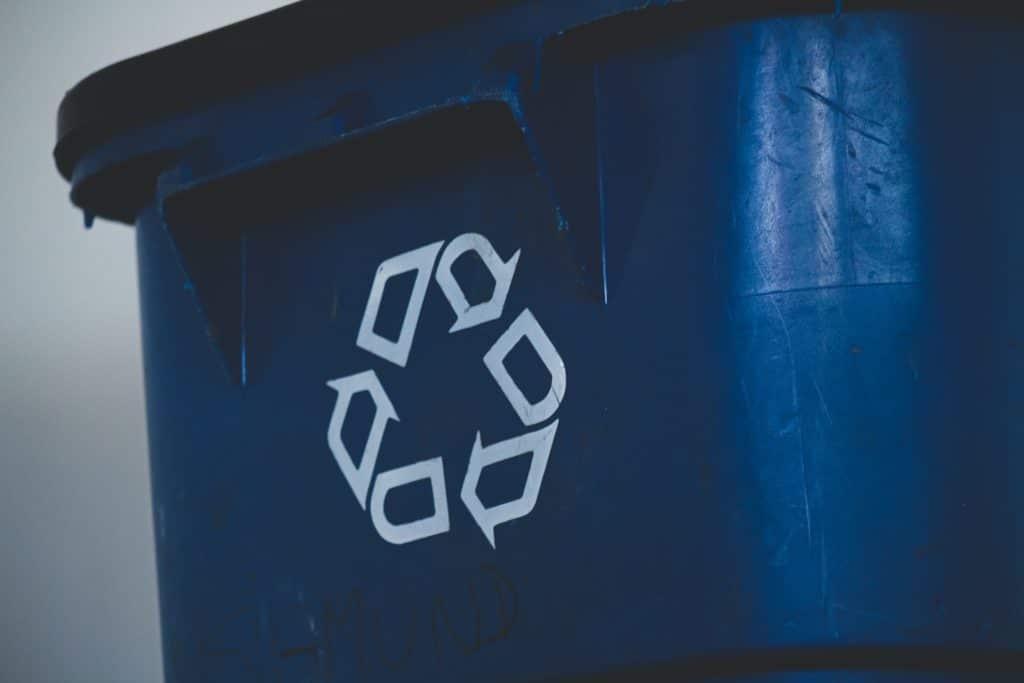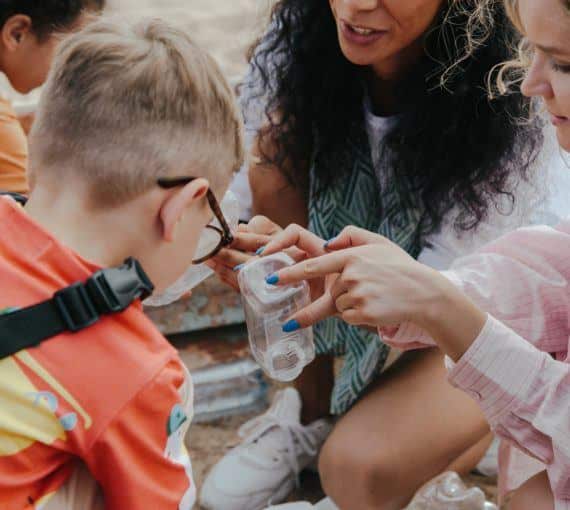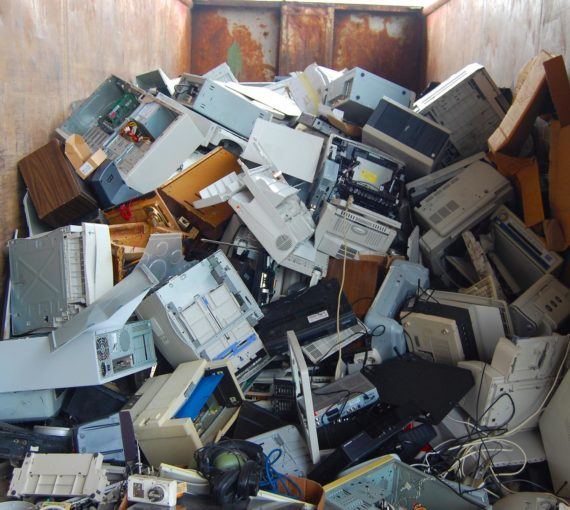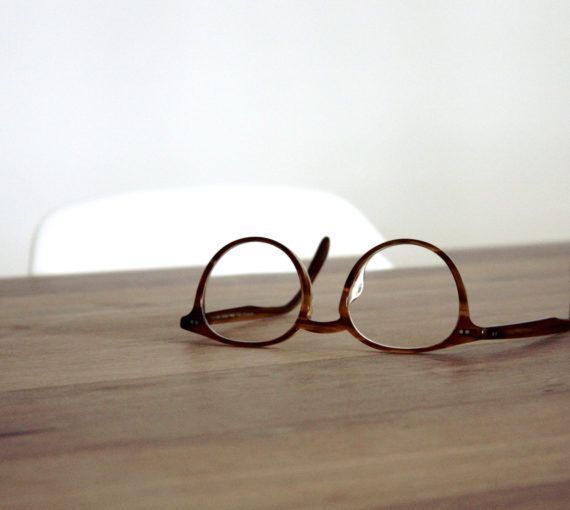
If your blue bin is full to the brim each week, maybe you need another solution. (Photo: Sigmund via Unsplash)
Recycling feels good. But some of us may be getting too much of this good thing…
“Recycle” is the last “R” in “reduce, reuse and recycle.” And, with some exceptions — e.g., cell phones, batteries, light bulbs, plastic bags, medications — we’ve become too good at it.
What’s clear is that other “R’s” deserve our attention — reduce, reuse, refuse, reclaim, renew, revitalize, refurbish, rethink and redesign, to name a few.
Reducing consumption isn’t easy. We’re saddled with making good use of what we have, getting our money’s worth AND proper disposal. But wouldn’t you rather DO stuff than OWN stuff?
The hidden environmental costs of recycling
Recycling is better than sending waste to the landfill. It can conserve raw materials, reduce the environmental impacts of extracting new ones and decrease greenhouse gases, pollutants and the need for more landfills.
But recycling still has environmental costs. It requires energy to collect, transport and process materials. Some recycled stuff is turned into new products, which also consumes energy and water and requires transportation and infrastructure.
Not all materials are easily recyclable. Some need lots of energy to recycle. And some aren’t economically viable to recycle, so they end up in landfills anyway. People in rural and remote communities may not even have access to recycling infrastructure and facilities.
Recycling is an effective solution for waste management, but not a perfect one. Waste management must factor in reusing and reducing.
How to do a recycling audit
If your blue bin is full to the brim each week, consider other solutions.
Try this quick experiment: a blue bin audit! Here’s how:
- Get the entire household (or building) involved! The best part about going green together is that a supportive team makes many people more effective. And collaborative solutions are more likely to work than going it alone.
- Pick a day to meet shortly before recycling collection so there’s enough time for binned items to accumulate.
- Go through the bin and record what you find.
- Separate items into piles by material (paper, plastic, metal, glass, etc.) and/or type (containers, boxes, wrapping, cups and lids, newspapers, etc.).
- Note the most common items and/or materials. If they’re mostly plastic, note the types of plastic. Estimate the volume or percentage of recycling in each pile and note that too.
- Think about how to reduce recycling by avoiding or re-using these items going forward. What are the “quick wins” — things you can change easily that will still have a big impact? Focus on just one or two of these changes to start.
- Check back in a few weeks to see how you’re doing or conduct the audit again to see if you’ve improved.
- Celebrate accomplishments and consider how to recycle even less.

What kind of plastic can be recycled?
Plastic is everywhere and it’s hard to know what you can reuse, what you can recycle and what you can do to reduce your plastic consumption. There are seven standard classifications for plastics that can give you some clues!
Four tips to recycle less
Tip one: Shop smarter
Beware of excess packaging from all consumer goods including food, personal care products, electronics — even organic, local, non-toxic and GMO-free stuff.
Instead:
- Stop recycling squeeze tubes, bottles, tubs and jars from body care products. Make your own hand sanitizer, body lotion and more!
- Stop recycling plastic tubs, jugs and spray bottles from store-bought household cleaners. Make your own using environmentally friendly ingredients you may already have.
- Buy second hand products, e.g., clothing or furniture. This helps reduce packaging used in production and transport.
- Read labels. This will help you know what products and packaging are made of. Look for biodegradable or post-consumer recycled materials.
- Support companies that offer free recycling programs for their products and packaging.
Tip two: Never recycle another glass bottle or jar!
They’re easy to wash (dishwasher-friendly), have an air tight seal, freeze well and don’t leach toxics like bisphenol A.
Get creative and repurpose your glass containers to:
- Store leftovers, dry goods, crafting supplies and DIY cleaners and body care products.
- Pack your lunch or beverage.
- Use as drinking glasses, vases or candle holders.
- Make a soap dispenser by adding a pump.
- Craft (e.g., create a terrarium or snow globe).
Tip three: “Reduce” is the first “R.”
The most effective way to reduce any kind of waste is to not create it in the first place. Eliminating the need for new products (including packaging) means harvesting fewer raw materials, generating fewer greenhouse gas emissions and using less energy. It will also save you money.
Instead:
- Buy fewer prepared foods and make more from scratch. How much of what you consume regularly can you make at home? If you live with others, plan a condiment-making or meal prep night! Start a food sharing club.
- Buy in bulk at your local zero-waste or refill store using your reusable containers.
- Shop at a wholesale supplier or buy things packaged in larger volumes, provided you don’t waste.
- Shop at farmers markets. Bring your own shopping bags, produce bags and containers.
- Avoid single-use items. Bring your own reusables: travel mugs, cutlery/chopsticks, containers, straws, cloth napkins, etc.

Want to green your household?
Whether you live with a partner, family, roommates or communally, the people that share your space may be the hardest to green.
Tip four: Fix it.
Planned obsolescence means most consumer goods are designed for a limited lifespan. And most household items have become cheaper to replace than repair. Although most provinces have recycling programs for large and small appliances, try fixing things first.
Before replacing:
- Check to see if the item is under warranty. The company may have a repair program.
- Host or join a nearby repair café or “fix it” event. It’s a great way to learn new skills, share knowledge and build community.
- Upcycle. Give an item new life and purpose.
- If the item is lightly worn (not damaged or broken), sell, gift or donate it. Repairing or refurbishing it first can increase its value.

Recycle your electronics
E-waste is the fastest growing domestic waste stream. It can be difficult to navigate what’s recyclable, repairable and reuseable.
Where to recycle tricky stuff
Can’t reuse, repair, refurbish or repurpose it? Well, you’ll just have to recycle it.
BUT avoid “wishful recycling.” People put some items in municipal blue bins hoping they’ll get recycled — Styrofoam/polystyrene, batteries, light bulbs, electronics, plastic bags, household hazardous waste (like paint and garden chemicals), etc. When facilities can’t process them, putting these items out for collection puts strain on the system. Stay up-to-date on your municipality’s waste management guidelines.
Does a recycling depot near you accepts these items?
Some retailers offer recycling programs:
- London Drugs recycles body care product packaging, mobile phones, batteries, electronics, lighting, small appliances AND packaging (cardboard, soft plastic wrap, Styrofoam and medication containers)!
- IKEA recycles low-energy bulbs, batteries, strip lighting and their Allen keys.
- Staples recycles technology products, ink and toner cartridges, mobile phones, electronics, batteries (rechargeable and alkaline) and writing instruments.
- Some retailers and brands offer trade-in incentives when you return their products directly to them for recycling. Others offer mail-in or collection services for their product waste and packaging.
- Donate eyeglasses to organizations that collect and recycle them.
- Pay $6 for a printable shipping label and send Come As You Are your broken, neglected or unwanted silicone and ABS plastic sex toys for recycling.


